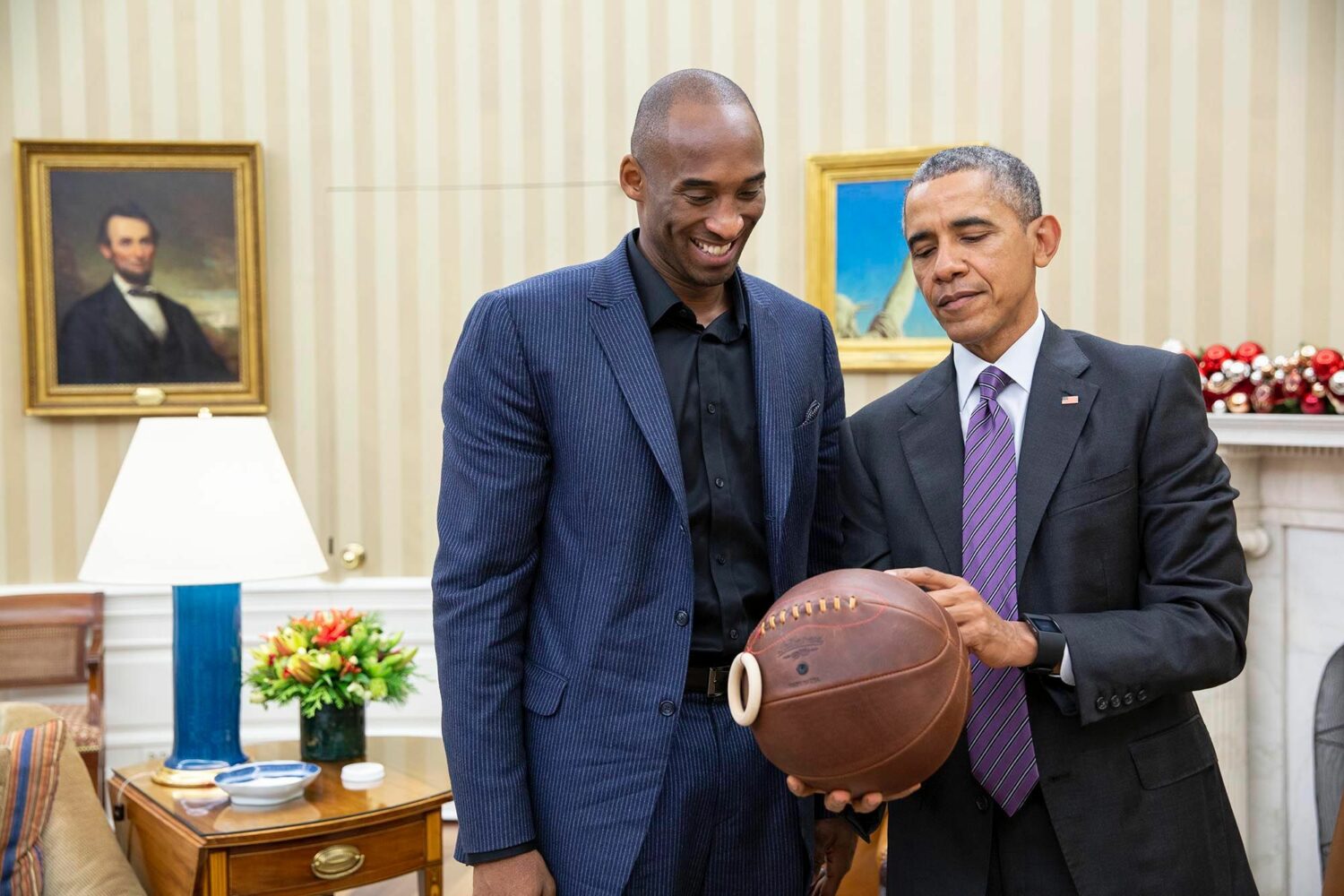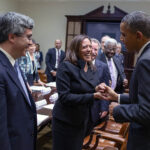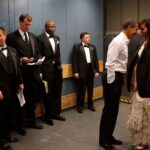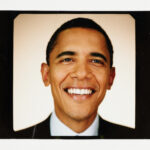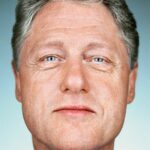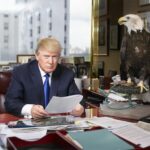Among the presidents portrayed are Theodore Roosevelt, Dwight D. Eisenhower, Bill Clinton, Barack Obama and Donald Trump. Taken over a span of 120 years, the works provide deep insights into the lives of U.S. presidents, both in the political and public spheres as well as in private moments.
Unlike in Europe, the photographic staging of U.S. presidents and presidential candidates plays a more prominent role in the USA. Therefore, it is also common in the USA for politicians to work with renowned photographers such as Yousuf Karsh, Albert Watson, Patrick Demarchelier, Martin Schoeller, Michel Comte, Nadav Kander and Elliott Erwitt.
The staged portraits by artists such as Nadav Kander, Albert Watson and Yousuf Karsh convey presidential authority and trust and function skillfully with symbols of power. In the works of Martin Schoeller and Patrick Demarchelier, the technique of indirect staging is particularly visible. These artists charge the surroundings of their subjects with symbolic and iconographic symbols.
A particular focus of the exhibition is on the work of Pete Souza, who was the Chief Official White House Photographer for Barack Obama and already worked as a photographer in the White House during Ronald Reagan’s presidency. His best-known works include the iconic photograph Situation Room. Visual records such as this have not only documented historical events, but have also entered the collective memory thanks to their mediatization. The exhibition therefore not only offers a unique insight into the center of power in the USA, but also into the people who shaped these events.
The second part of the exhibition is dedicated to John F. Kennedy. In a historical context, Kennedy is regarded as the first president to make intensive and successful use of photography for media staging. The 35th U.S. President established the position of Chief Official White House Photographer for the first time with Cecil W. Stoughton. In doing so, John F. Kennedy established a new era: with his special awareness of photography, he and selected photographers such as Cornell Capa, Elliott Erwitt, Jacques Lowe, Steve Schapiro and Mark Shaw influenced the way in which U.S. presidents are portrayed and staged up to the present day.

